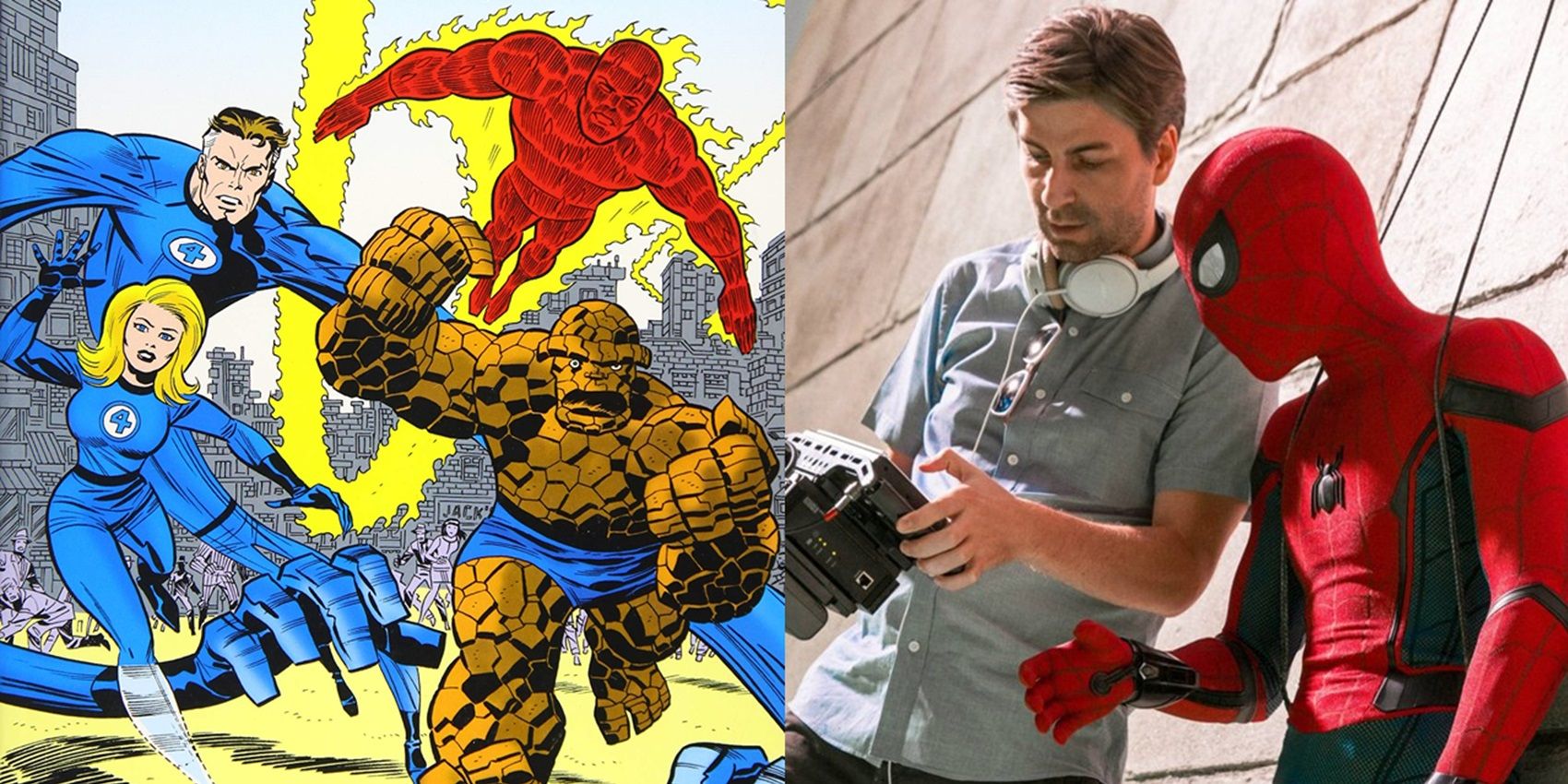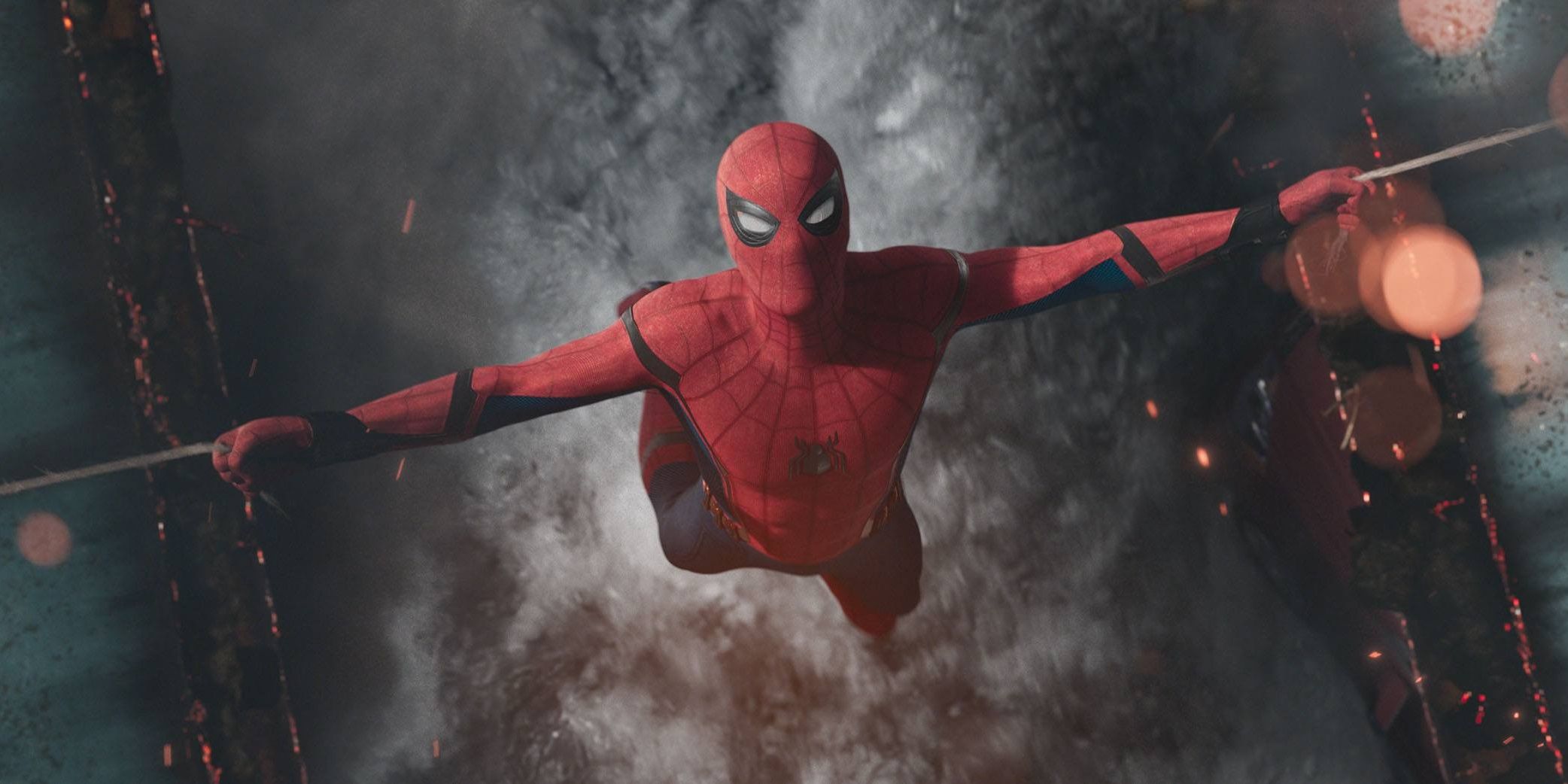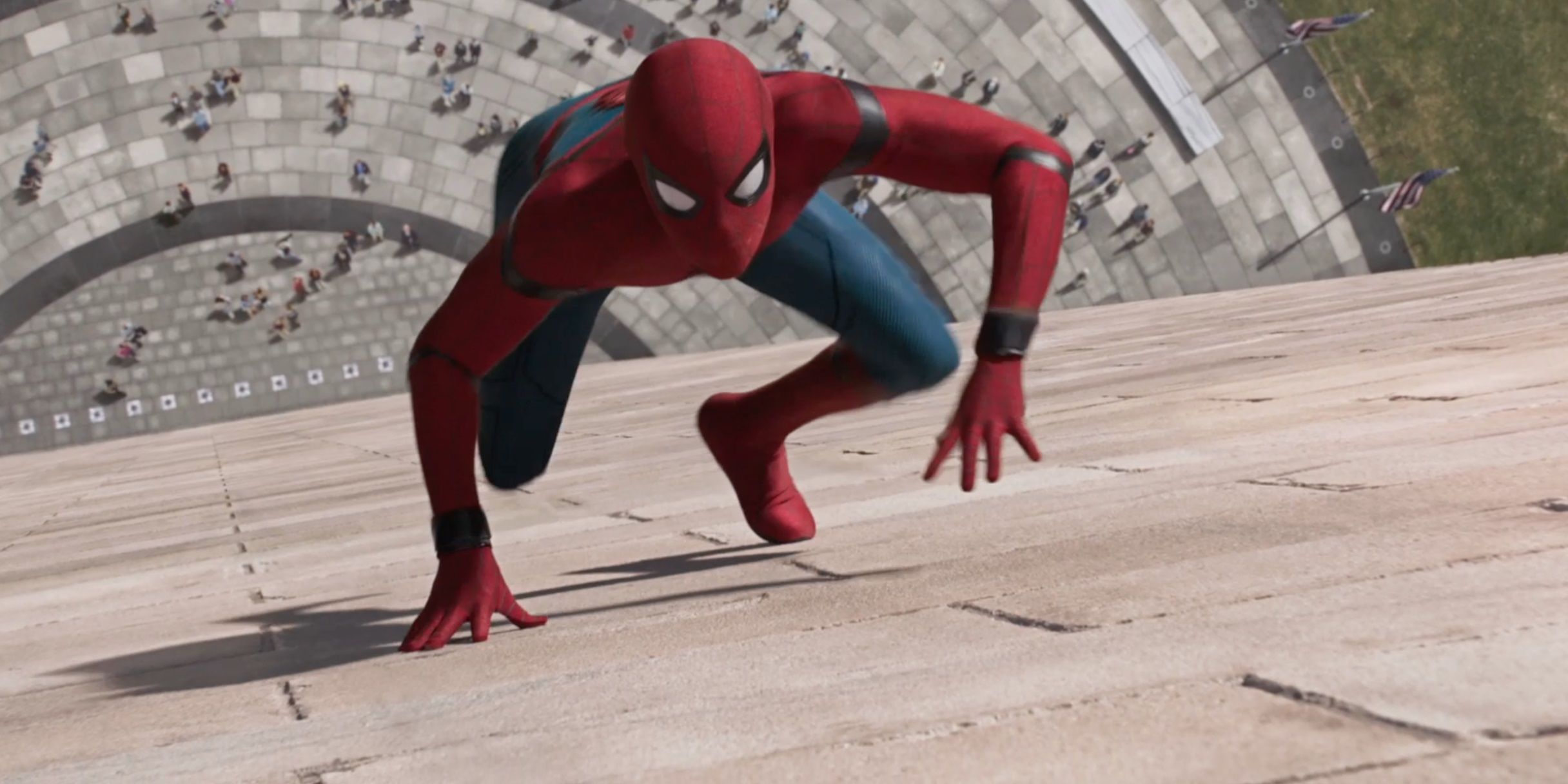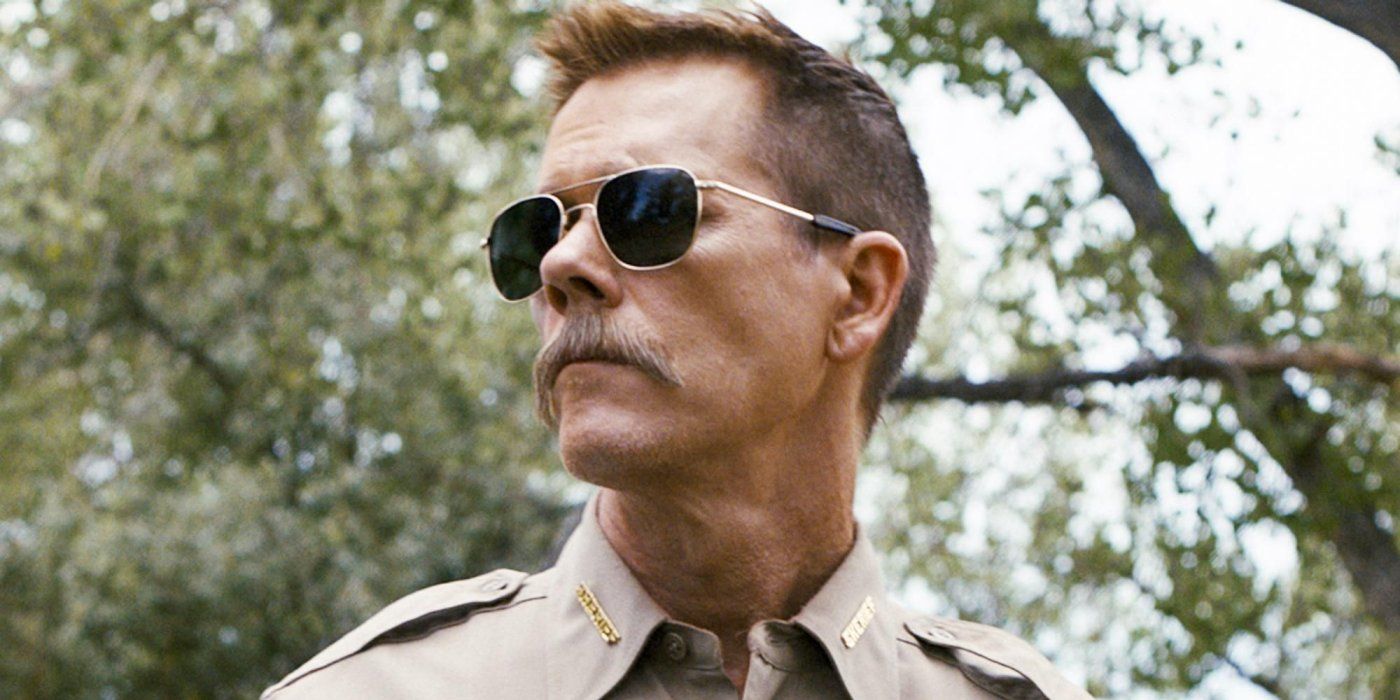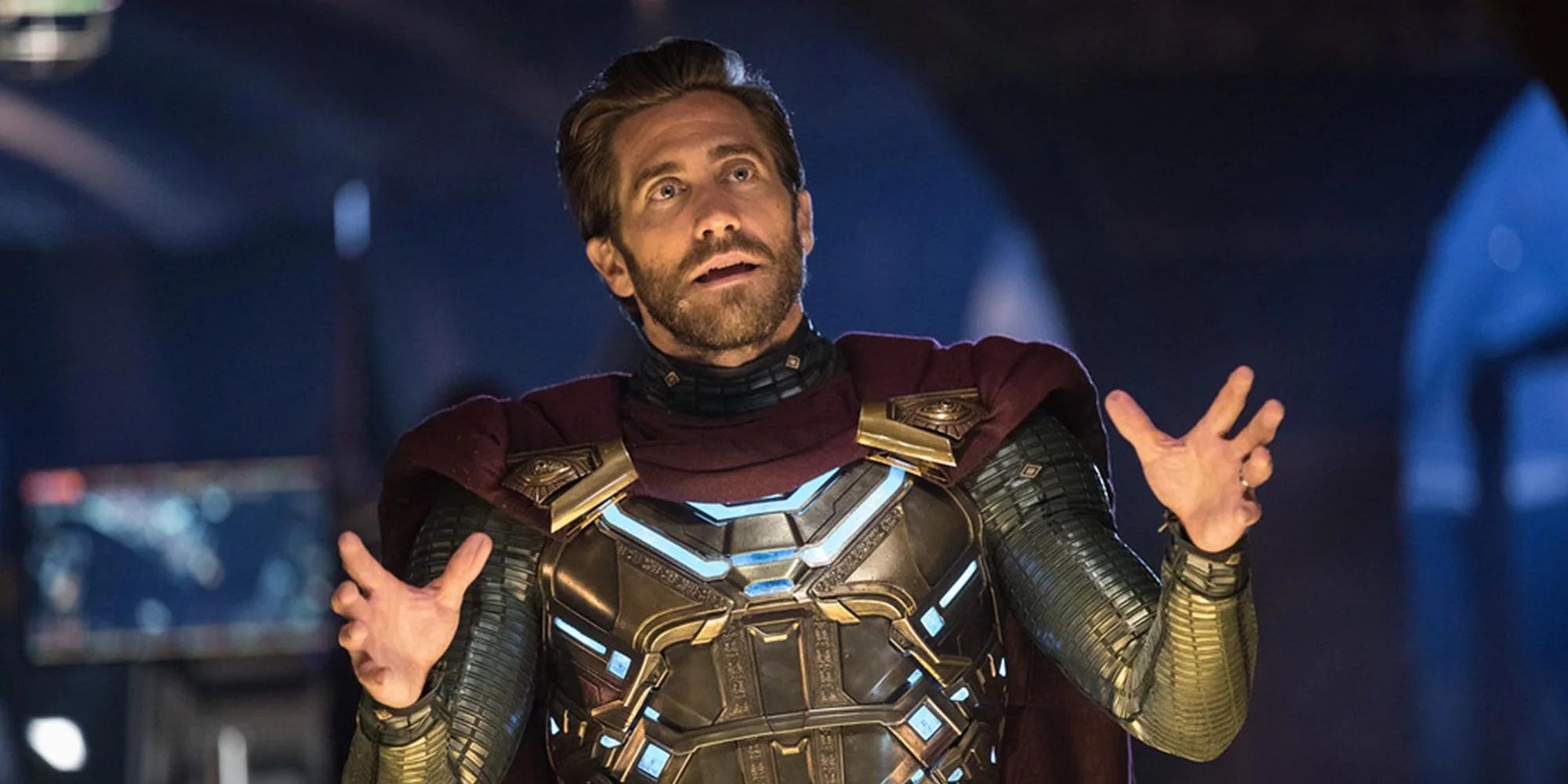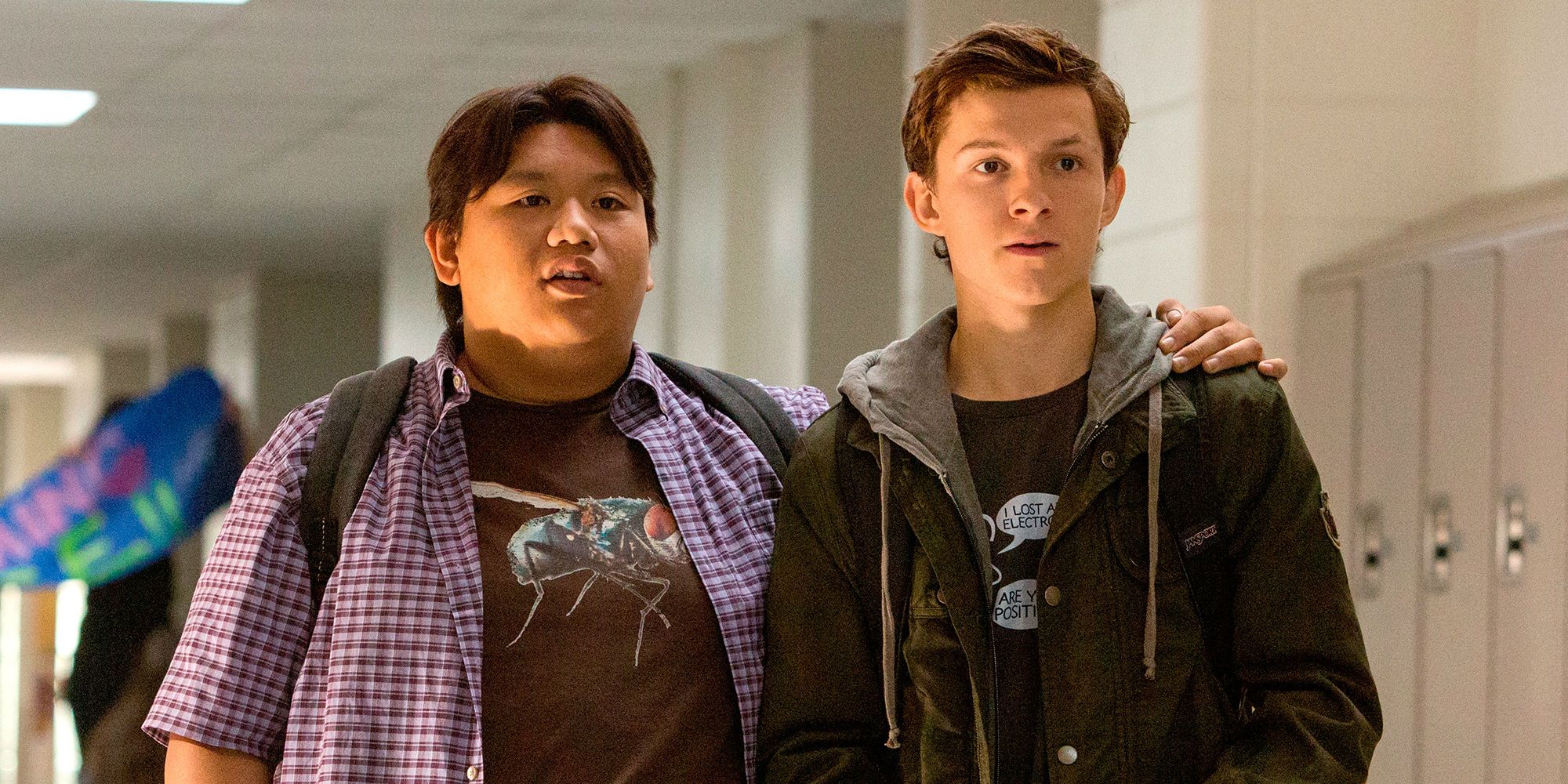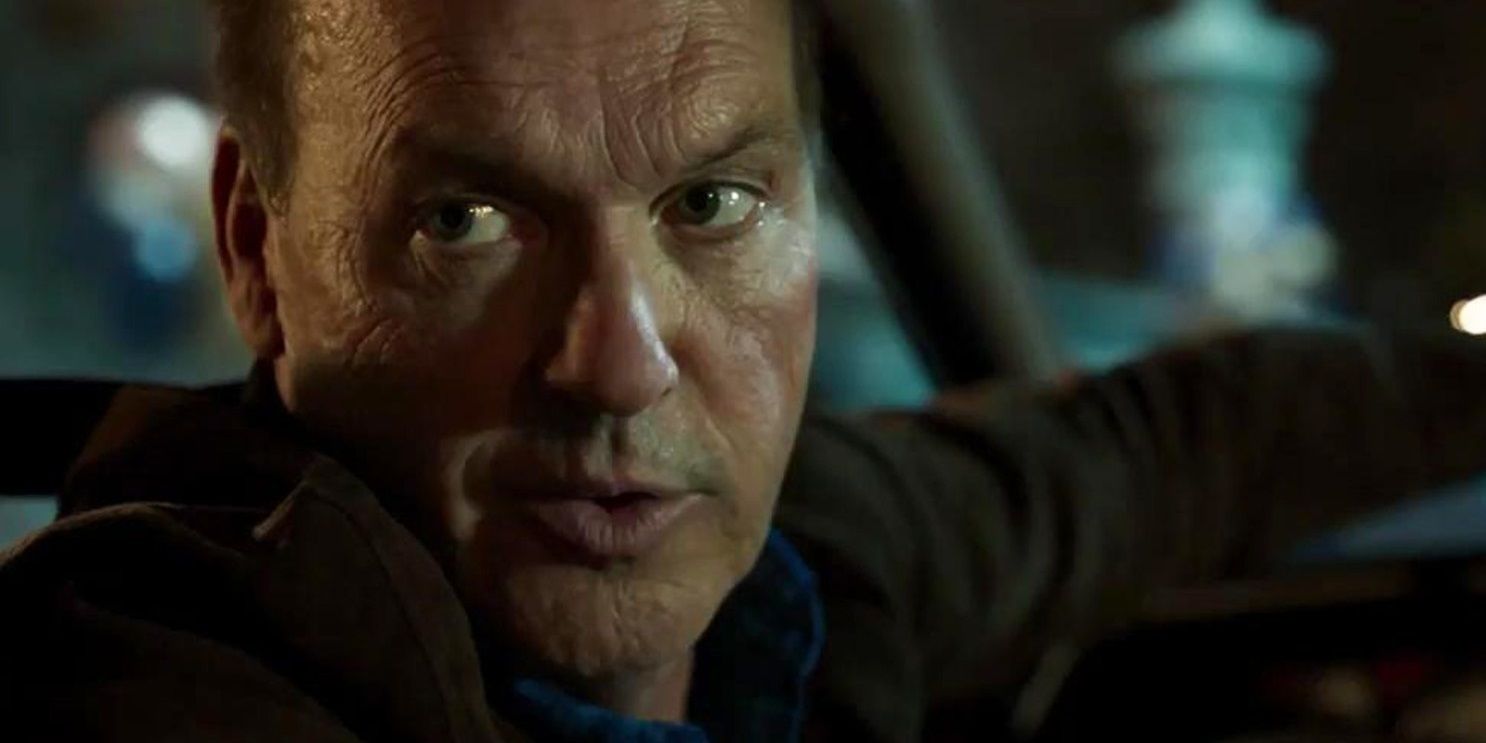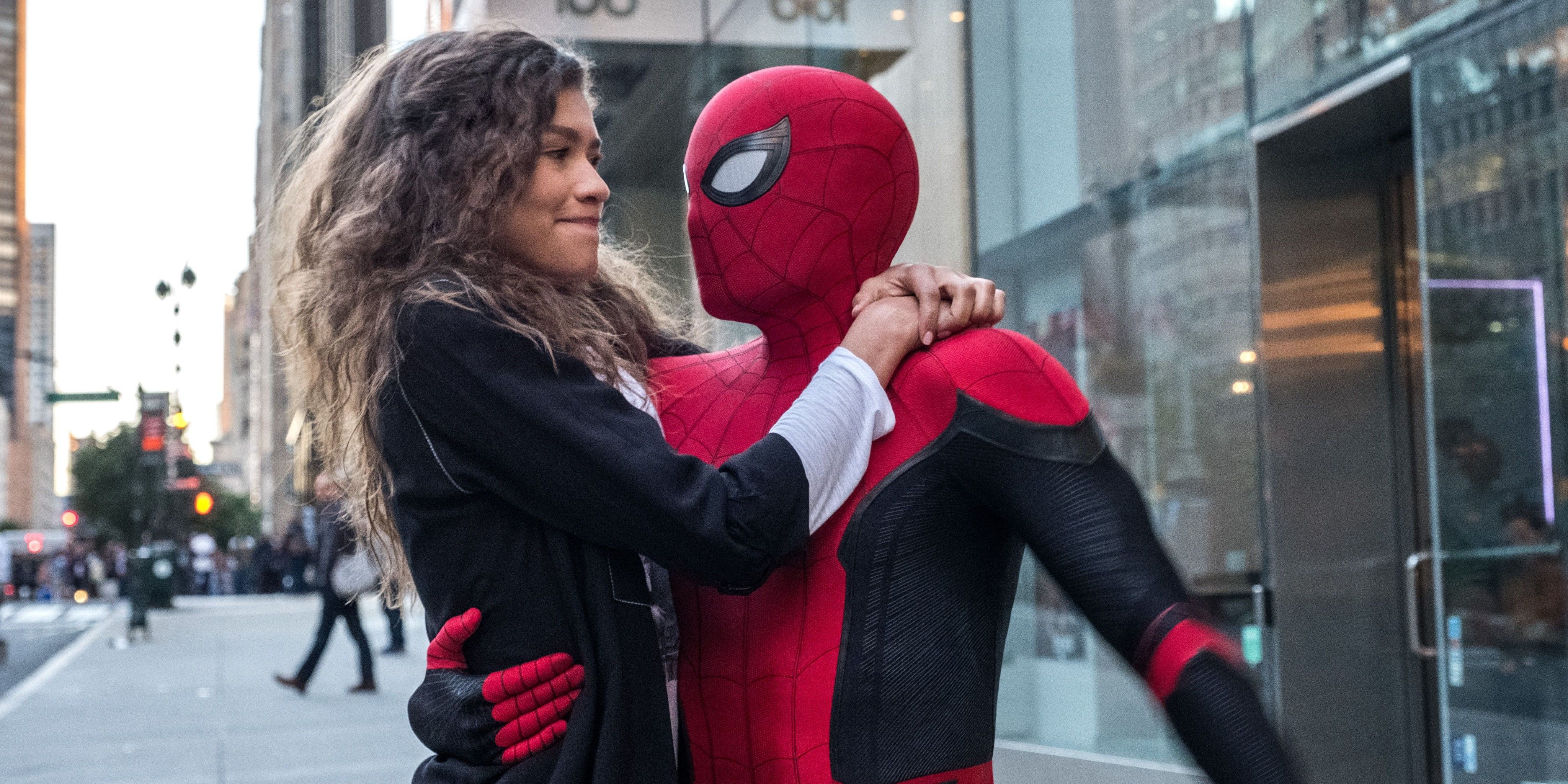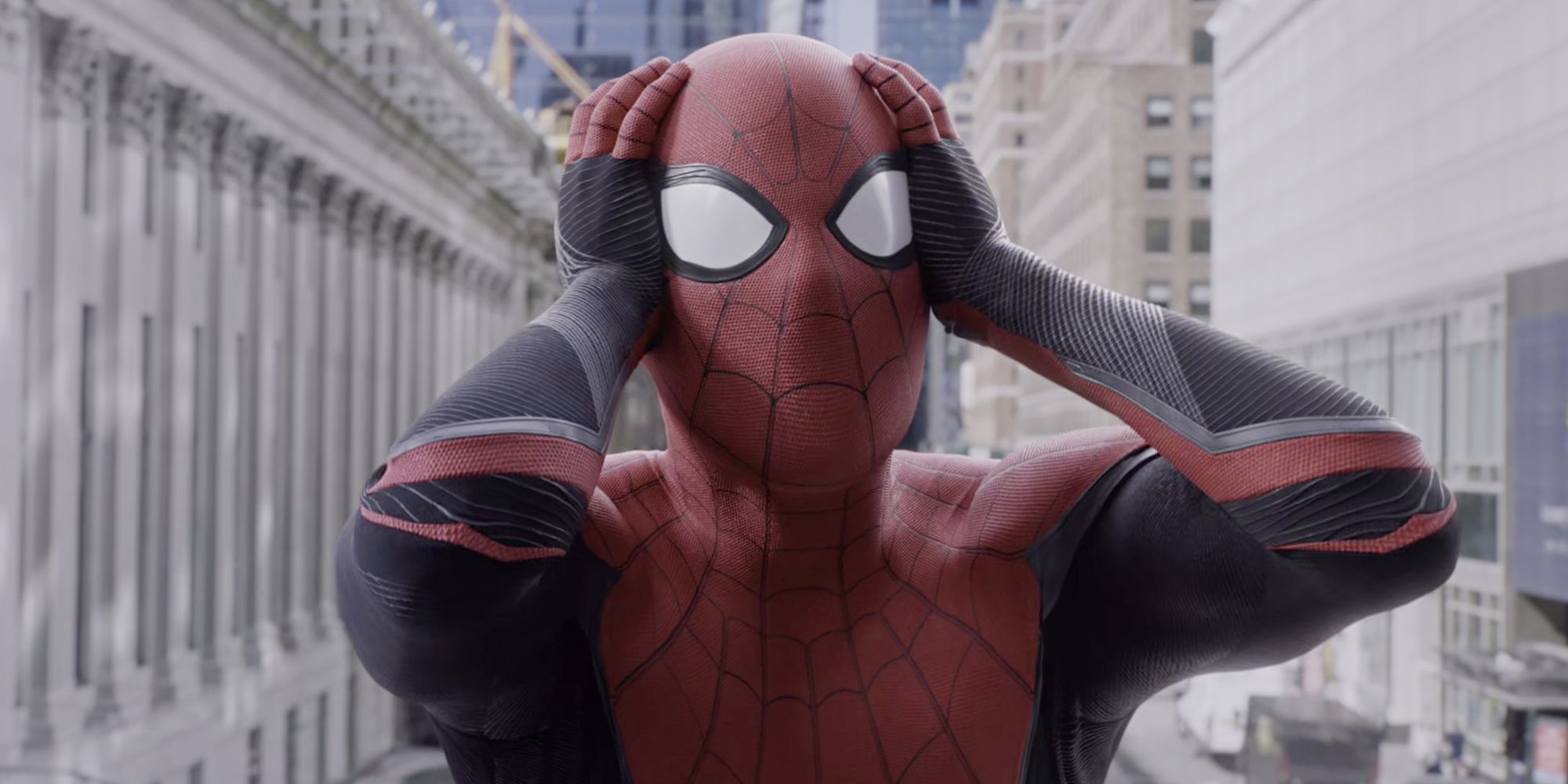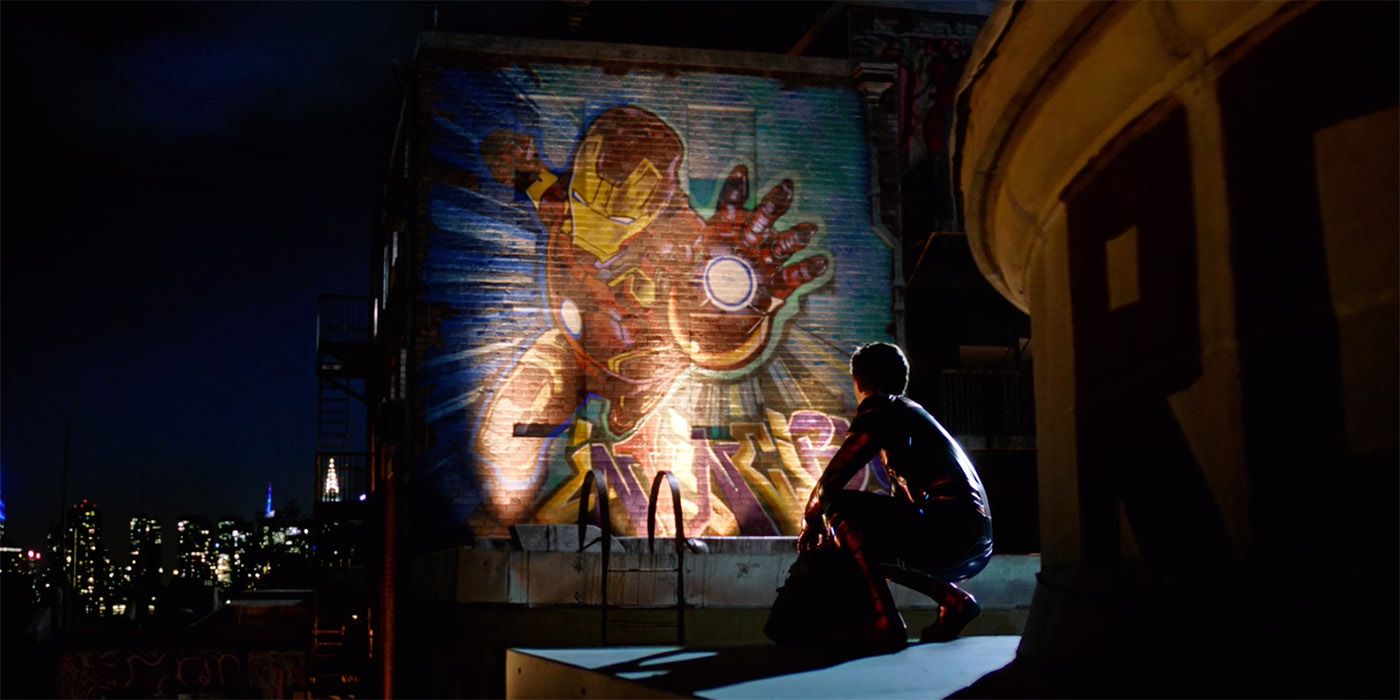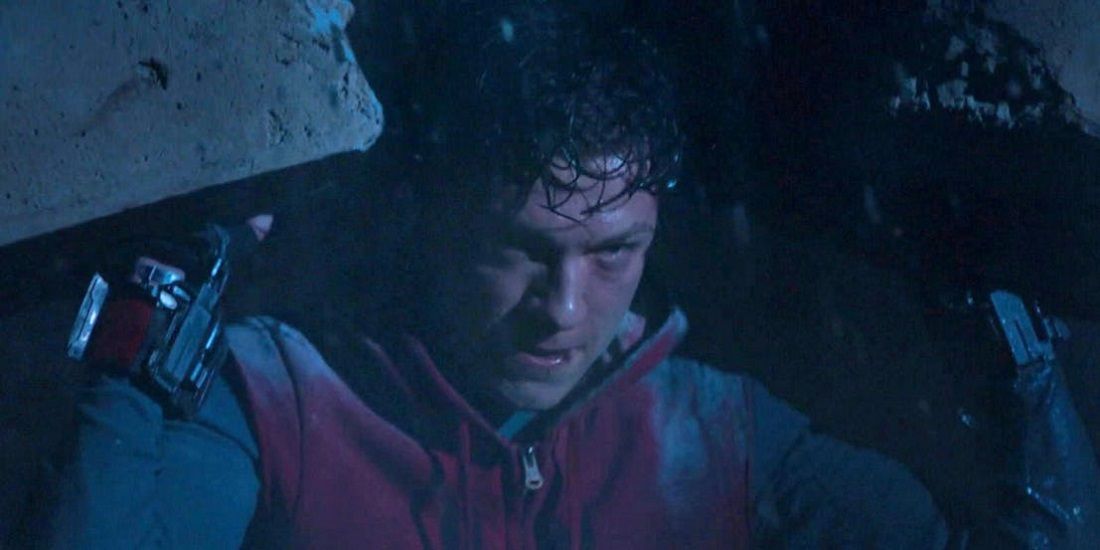At Disney’s recent Investor Day, among dozens of other announcements, it was confirmed that Marvel is working on a reboot of the Fantastic Four franchise, having reacquired the rights to the property in the Fox merger, and Jon Watts has been tapped to direct it. Matthew Vaughn, Brad Bird, and Jon Favreau had all been fan-favorite picks for the job, but Watts is a strong choice, too.
Having helmed the MCU’s two solo Spider-Man movies, Watts could helm a big-budget comic book blockbuster in his sleep, and the tone of his Spidey movies prove he’s a good fit to bring Marvel’s first family to the screen.
Watts Is A Good Choice: His Spidey Movies’ Lighthearted Tone Is Perfect For The Fantastic Four
Josh Trank’s previous attempt to reboot the Fantastic Four franchise failed for a number of reasons. Primarily, the studio got cold feet about his weird vision and reshot it into a generic shadow of its former self that would please nobody. But one of the main problems with Trank’s vision is its dark tone. The Fantastic Four can’t have the same gritty, realistic treatment as Batman.
These are ridiculous characters who inhabit a ridiculous world and trying to lean away from that is a disservice to the property. The MCU can make it work with the same lighthearted comic tone found in movies like Thor: Ragnarok or Ant-Man and the Wasp – or, indeed, Jon Watts’ Spider-Man movies.
Spidey Moment: Washington Monument
Spidey has to traverse the Washington Monument when Ned takes volatile alien tech into the elevator, unwittingly endangering their whole decathlon team. The overhead shots giving perspective on Peter’s altitude are both dizzying and spectacular.
This is one of the MCU’s greatest set pieces. It gradually builds the tension with Peter’s suit revealing its limitations and a police helicopter arriving to try to shoot him down, culminating in a heart-racing finale as Peter saves the elevator at the last second.
Watts Is A Good Choice: He Started Out With Smaller Character-Driven Movies
Jon Watts hasn’t always directed blockbusters. Like most of the filmmakers hired by Marvel (Taika Waititi, James Gunn, Ryan Coogler, Chloé Zhao – the list goes on), Watts got his start with much smaller-scale, lower-budget movies driven by story and character as opposed to action and VFX.
Not being a new director, Watts’ first two movies were the micro-budget horror movie Clown and the darkly comic crime thriller Cop Car, both of which taught Watts the fundamentals of filmmaking before making the leap to mega-sized blockbusters.
Spidey Moment: Far From Home’s Big Twist
The midpoint twist that Quentin Beck has made up his connection to the multiverse and is really just befriending Peter to get him to give up the E.D.I.T.H. technology was kind of expected, because Mysterio is famously a villain, but Jon Watts still pulled it off brilliantly.
As Peter leaves the high-tech glasses with Beck and the camera lingers for a moment, their surroundings are revealed to be intricate holograms as one of the MCU’s greatest baddies emerges.
Watts Is A Good Choice: He Matches Comic Book Properties To Familiar Genres
Since the beginning, the MCU has strived to use familiar genre constructs to bring comic book properties to the screen. They’re all more or less the same, but they each do it a little differently: Captain America: The First Avenger is a pulpy WWII actioner, Ant-Man is a heist movie, Guardians of the Galaxy is a space opera etc.
So far, Jon Watts has done a great job of matching comic book properties to familiar genres. His Spider-Man movies hark back to the ‘80s high school comedies of John Hughes and it’s worked wonders for the franchise.
Spidey Moment: The Vulture Is Liz’s Dad
After Tony Stark takes back Peter’s Spidey suit, he takes a break from superheroism and focuses on his upcoming date with Liz. Aunt May helps him learn how to tie a tie and he takes his corsage over to Liz’s house to take her to the homecoming dance.
And then, her dad opens the door and it’s Adrian Toomes, the sadistic arms dealer Peter’s been tailing throughout the movie. Suddenly, the atmosphere turns tense. As Toomes drives Liz and Peter to the dance, he slowly catches on. This scene is brilliantly written, acted, and directed. It brought the house down at every screening.
Watts Is A Good Choice: His Spidey Movies Have Their Own Identity
While their ties to the MCU prevent them from having the unmistakable authorial stamp of Sam Raimi’s Spider-Man movies, Jon Watts’ Spidey outings have carved out much more of their own niche than the Garfield-starring Marc Webb efforts, which were more interested in setting up a cinematic universe than being faithful to the character.
Watts’ Spider-Man movies work as well as crowd-pleasing PG-13 teen comedies as they do as superhero blockbusters. Some critics see this as a negative thing, but movies with their own identity are rare in today’s franchise-driven moviegoing landscape.
Spidey Moment: Far From Home’s Other Big Twist
After Far From Home blew audiences away with its midpoint Mysterio twist, it still had a couple more tricks up its sleeve in the end credits. The Nick Fury rug-pull is certainly surprising, but Peter’s identity crisis just about tops it.
Played by a cameoing J.K. Simmons from the Raimi-verse, J. Jonah Jameson frames Spidey for a terrorist attack in London and reveals his secret identity to be Peter Parker. It’s unclear how this twist will pan out in the next movie – although a live-action Spider-Verse seems to be on the cards – but one thing’s for sure: Jon Watts isn’t afraid to take huge risks.
Watts Is A Good Choice: He Was The Marvel Director Who Followed Up Endgame
Jon Watts was the Marvel filmmaker who had to follow up the record-breaking cultural landmark of Avengers: Endgame, the highest grossing movie of all time, with a decidedly smaller-scale movie about Spider-Man taking a European vacation.
The Spidey name pretty much guarantees box office success, but continuing a franchise after a three-hour epic that felt like a gratifying series finale was still a supremely difficult challenge, and Watts ably stuck the landing.
Spidey Moment: “Come On, Spider-Man!”
In one of Spider-Man: Homecoming’s most poignant moments, Jon Watts captured the essence of Peter Parker. When the Vulture buries him under rubble and he’s trapped, suddenly the façade of a superhero fades away and Peter is just a kid who’s scared he’s going to die.
Then, he starts repeating, “Come on, Spider-Man,” to himself, desperate to prove he really is a superhero and not just a teenager in a high-tech suit. The image of Spidey trapped is taken straight from the iconic cover of The Amazing Spider-Man #33.

